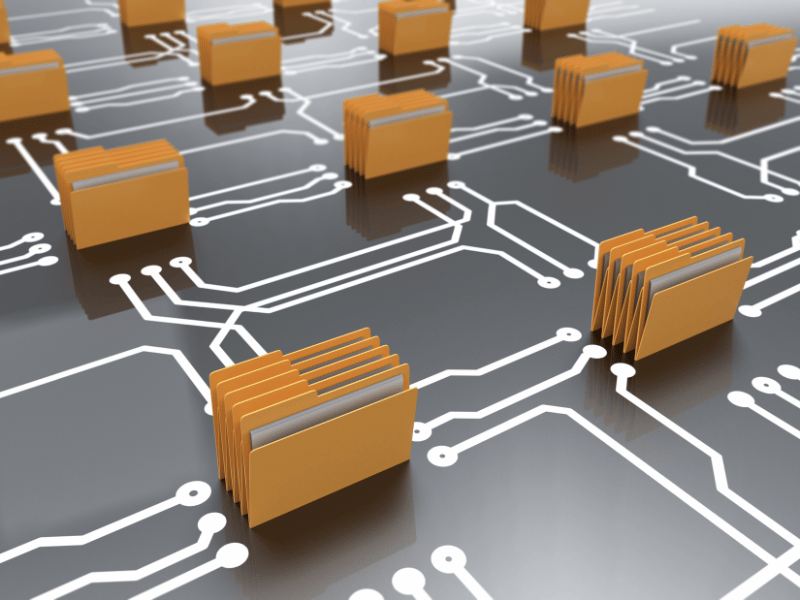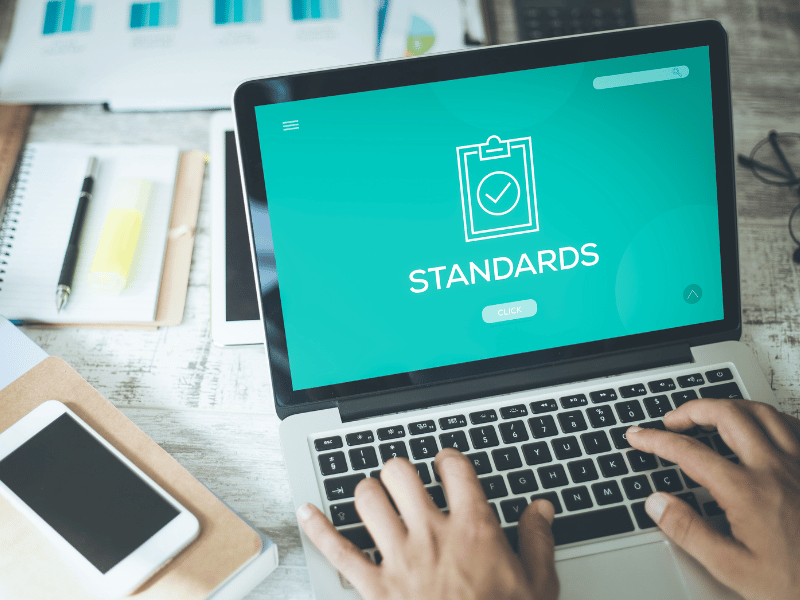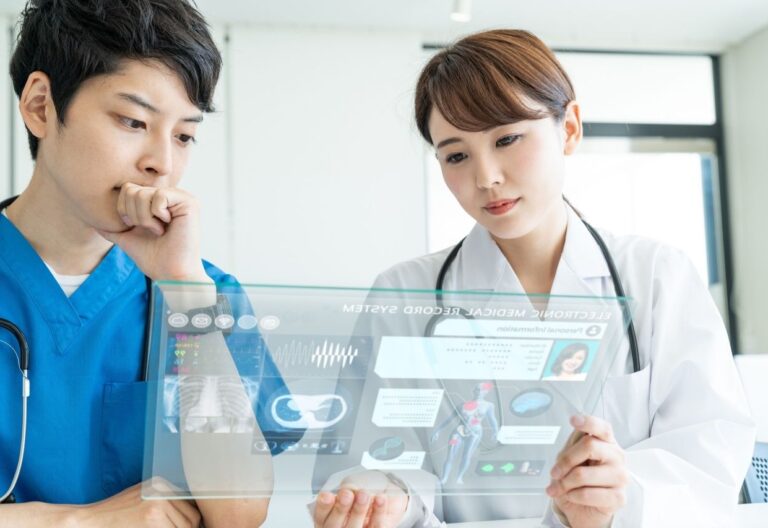Healthcare systems are crucial in ensuring information continuity. However, organizations must overcome the hurdles of interoperability when exchanging health records between different healthcare providers and facilities.
That’s where HL7 comes in.
But what exactly is HL7, and how does it help streamline the process of healthcare data exchange? This post covers everything you need to know.
Table of Contents

What Is HL7 in Healthcare, and How Is It Used?
The easiest way to define HL7 is by acknowledging it as a set of messaging formats and clinical standards that enables different healthcare systems to exchange electronic information seamlessly. It was created to enhance interoperability between HISs (healthcare information systems) by giving them a common data exchange language with prebuilt messages.
However, HL7 (Health Level 7) is a transaction-based protocol that doesn’t dictate how to store data in an application or the corresponding system architecture. Instead, it gets triggered by specific events or actions such as patient admissions, pharmacy dispense, and message acknowledgment.
Still, HL7 is a widely used messaging standard that drives the interoperability of healthcare systems. It remains an internationally accepted industry standard for data exchange, which allows some customizations so healthcare organizations can build applications that fit their unique requirements.
HL7 enables efficient sharing of public health information, like what happened during the COVID-19 pandemic. HL7 helped government institutions and private healthcare companies collaborate faster. It also enabled global medical research to share data seamlessly, leading to faster crisis resolution.

HL7 Standards and Protocols
HL7 standards are grouped into categories called sections. It has several versions, each developed to be better than previous ones. There are also supplemental standards that address specific use cases.
HL7 Categories
HL7 standards have four (4) sections that act as reference categories:
Section 1 contains the primary specifications for compliance, integration, and interoperability. It describes any supplemental standards like CDA (Clinical Document Architecture), FHIR (Fast Health Interoperability Resources), and EHR (Electronic Health Records).
Section 2 defines the document standards and messaging protocols applicable to clinical specialties.
Meanwhile, Section 3 comprises the implementation guides and use cases for existing standards.
Section 4 provides the guidelines for software and standards development. It also contains technical specifications and programming structures.
HL7 Versions
HL7 has multiple versions divided into two broad categories: Version 2 (V2) and Version 3 (V3). There’s also a newer version, HL7 FHIR.
Version 2 is most commonly used since it supports data variations and allows optional fields. It was created for clinical interface specialists and designed to exchange data between disparate clinical systems. There are numerous 2.X versions, which are all backward-compatible with earlier versions. This means an older application can receive and process messages from a newer application.
Version 3 was released to address the requirements of government and medical information users. It’s also meant to address shortcomings of Version 2 standards and increase global adoption of the HL7 standard. However, it’s not backward-compatible with Version 2 standards. A V2 interface must be considerably modified to communicate with a V3 interface. This defeated the general purpose of Version 3.
HL7 FHIR combines the best features of HL7 V2 and HL7 V3. It leverages web service technologies and uses RESTful APIs for mobile compatibility. It also uses XML and JSON messaging formats, which allows for easier integrations with modern healthcare systems and mobile health apps.
Supplemental products and technologies
Various standards supplement the main HL7 framework to enhance their functions. Some common examples are:
- CCD (Continuity of Care Document) – summarizes patient information and helps care providers share clinical information
- SPL (Structured Product Labeling) – defines the markup syntax for the information included with medicines
- CDA (Clinical Document Architecture) – an XML standard that transfers clinical data
- CCOW (Clinical Context Management) – facilitates the coordination of different visual applications in a clinical workspace
- Arden Syntax – represents and shares medical information

What Is HL7’s Role in Improving Interoperability?
Knowing what HL7 is in healthcare reveals its role in improving the interoperability of healthcare systems. It streamlines communication of healthcare systems and devices, reducing the need for manual data entry. This minimizes the risks of errors and improves data accuracy.
With accurate data, healthcare providers can make better decisions about patient care. They will have a complete picture of the patient’s status, which can help them make informed calls that lead to better outcomes and patient satisfaction.
There will also be better care coordination among different healthcare departments, which will help patients receive the best and most comprehensive treatments. This is possible because of the seamless exchange of patient data among different healthcare systems.
Furthermore, health organizations will enjoy significant cost savings because there’s no need for duplicate tests and procedures. Using HL7 standards maximizes the value of EHRs and provides data cohesively that benefits healthcare providers and their staff.
The Future of HL7 in Modern Healthcare
The introduction of HL7 FHIR is revolutionizing the interoperability of modern healthcare systems. While widely used, HL7 Versions 2 and 3 are limited in their applications, especially in terms of supporting mobile applications and web-based technologies.
FHIR enables healthcare providers to access patient information regardless of location to provide on-demand patient care. It helps patients access their records using mobile devices, keeping them in the loop and empowering them to make informed decisions.
As HL7 FHIR encourages innovation, it’s expected that new use cases and data types will emerge that will provide better collaboration and data sharing across global healthcare organizations.






